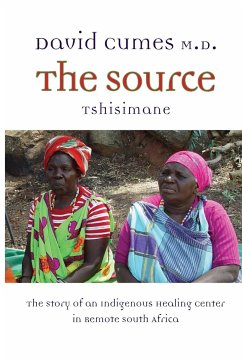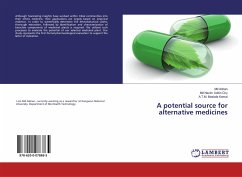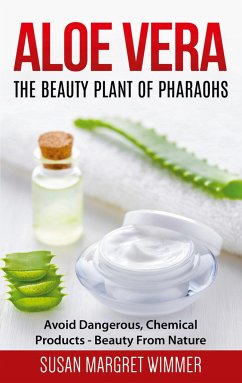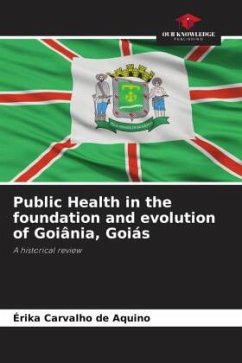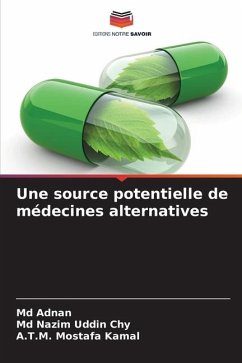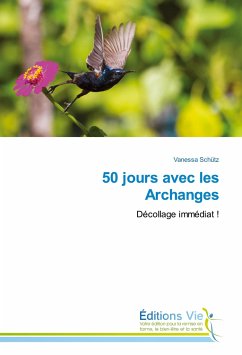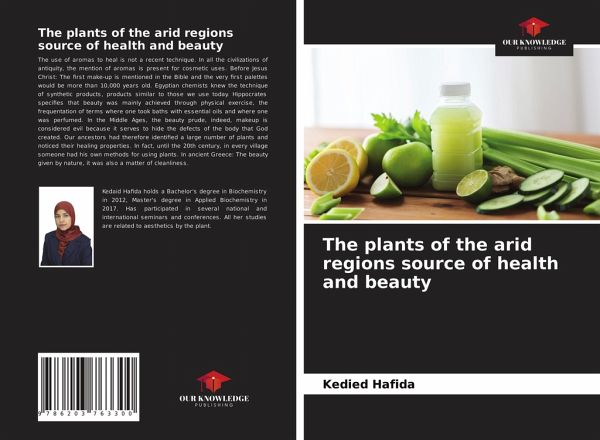
The plants of the arid regions source of health and beauty
Versandkostenfrei!
Versandfertig in 6-10 Tagen
27,99 €
inkl. MwSt.

PAYBACK Punkte
14 °P sammeln!
The use of aromas to heal is not a recent technique. In all the civilizations of antiquity, the mention of aromas is present for cosmetic uses. Before Jesus Christ: The first make-up is mentioned in the Bible and the very first palettes would be more than 10,000 years old. Egyptian chemists knew the technique of synthetic products, products similar to those we use today. Hippocrates specifies that beauty was mainly achieved through physical exercise, the frequentation of terms where one took baths with essential oils and where one was perfumed. In the Middle Ages, the beauty prude, indeed, mak...
The use of aromas to heal is not a recent technique. In all the civilizations of antiquity, the mention of aromas is present for cosmetic uses. Before Jesus Christ: The first make-up is mentioned in the Bible and the very first palettes would be more than 10,000 years old. Egyptian chemists knew the technique of synthetic products, products similar to those we use today. Hippocrates specifies that beauty was mainly achieved through physical exercise, the frequentation of terms where one took baths with essential oils and where one was perfumed. In the Middle Ages, the beauty prude, indeed, makeup is considered evil because it serves to hide the defects of the body that God created. Our ancestors had therefore identified a large number of plants and noticed their healing properties. In fact, until the 20th century, in every village someone had his own methods for using plants. In ancient Greece: The beauty given by nature, it was also a matter of cleanliness.



